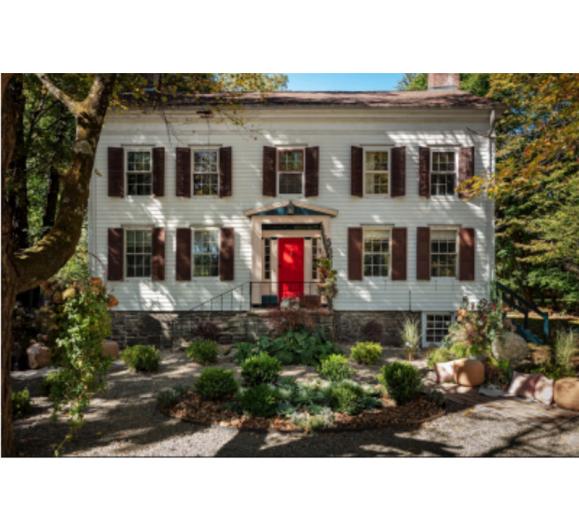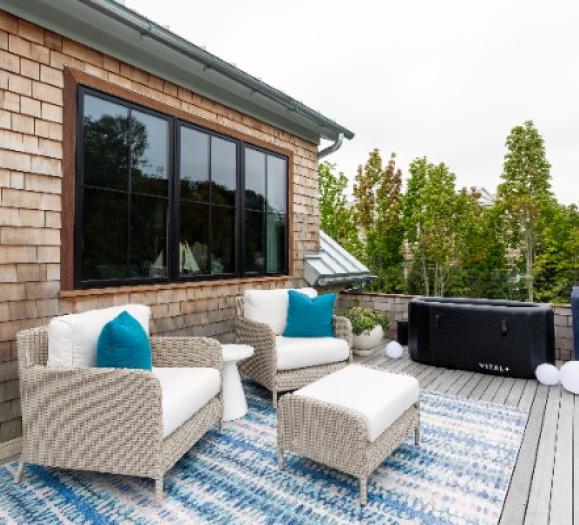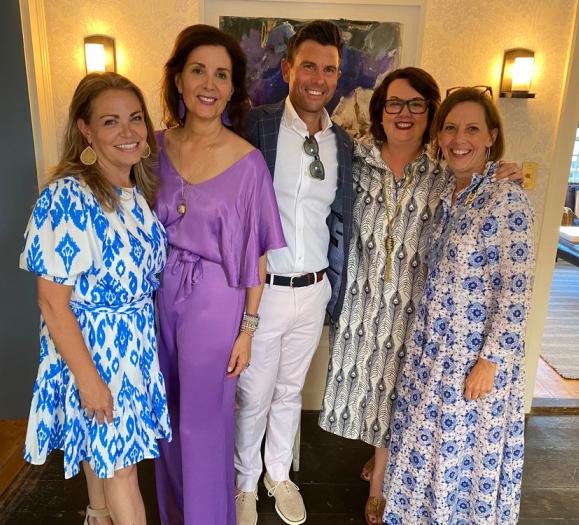A ripe environment — recession and the rising popularity of reality TV — provided a perfect breeding ground for the explosion of home improvement shows that came onto the scene in the late 2000s. Can’t afford to move or hire a professional to upgrade? DIY! The entertainment value drew people in, and there’s an inspirational effect at work too.
But what is the reality of these “reality” home improvement shows, like HGTV’s “Fixer Upper,” “Property Brothers” and “Rehab Addict”? They’ve impacted our industry, both positively and negatively depending on who you ask. And since they’re not going anywhere, what can be done to ensure these programs work in our industry’s favor moving forward?
The Market
It’s true that today, homeowners are spending more on home improvement projects. According to the Home Advisor 2017 True Cost Report, they spent an average of roughly $1,850 more on home improvement projects from February 2016 to February 2017 than the year prior.
But, in the recently released 2017 Houzz & Home survey of homeowners, it showed that they’re turning to professional help more often — 87 percent of respondents hired a pro in 2016, up from 85 percent in 2015. According to Houzz, across all renovating homeowners, the growing demand for professional help is fueled by a greater need for specialty service providers, such as electricians and painters (48 percent in 2016 vs. 44 percent in 2015). However, the demand for professional design services has remained relatively stable year over year.
So who’s driving the DIY train? According to the same Home Advisor report, it’s Millennials. Home project spending is up among Millennials, but less than half report always hiring a professional to help complete home improvement projects — in part because they’d have to save for or finance a home improvement, and in part because they’re uncertain they’re being charged a fair price.
This is where DIY resources, like home improvement shows, the internet and DIY retailers like Home Depot and Lowe’s, enter the picture. And when it comes to remodeling shows specifically, industry professionals have mixed feelings about their impact.
Shine the Spotlight
One clear benefit of home improvement shows is that, for homeowners, they have created awareness about interior design, home decor and the importance of creating a beautiful, comfortable space for family.
“The shows have motivated people to take an active interest in improving their surroundings,” says Erika Ward, interior designer and owner of Erika Ward Interiors in Atlanta. “There’s nothing more satisfying to see the work of your own hands, and there’s nothing better than returning home, to a place you created, that recharges your batteries.”
And for those companies in our industry that are able to participate in these home remodeling shows, the exposure is next to none.
Freddie Naimer, co-founder and President of Montreal Lighting & Hardware, has worked several times with a local French show called “Design V.I.P,” in which popular celebrity designer and host Marie-Christine Lavoie uses the store as a resource, singing its praises.
“Immediately after the shows we participated in were aired, we had requests online, by email and by phone regarding the fixtures that were featured. Some resulted in sales, some with visits to our showroom, but there is no doubt in my mind that being on the show increased our visibility and credibility in our market,” Naimer explains.
In particular, one episode of “Design V.I.P” that Montreal Lighting appeared on featured the home of Québec songstress and diva Marie Mai. The show was not only publicized on network Canal Vie and Lavoie’s Facebook pages, but also on Marie Mai’s, which has more than a quarter million followers.

Not So Quick
While, as they say, any press is good press, there is a flip side to home improvement shows — they can produce unrealistic expectations.
Because there isn’t much transparency about how much projects actually cost, how long they take and the problems that are bound to pop up along the way, the service that the professionals in our industry provide is discounted.
For instance: A new kitchen is pricey. Appliances alone can start at $15,000 or $20,000, then there are materials and labor, making it easily $50,000 for the project as a whole, which can take on average 8-12 weeks according to HouseLogic.com. On reality TV, it’s common to hear of a $10,000 budget and a week for a complete kitchen remodel.
“These shows have painted such a muddy, unclear picture of what the reality of renovation is, and it’s time to clear that up,” says Shay Geyer, interior designer and President of IBB Design Fine Furnishings. “You have to have a professional on your side to help problem solve and ensure things run smoothly.”
For Ward, she wants people to know that interior design has always been a luxury service. “Expectations of high-quality design for low wages sets the client-designer relationship up for failure before it even begins,” she says. “I really want the public to understand that the phrase ‘budget designer’ is an oxymoron.”
And then there’s this: What happens when DIY projects go wrong? Homeowners call in the professionals, of course.
Geyer says there are a lot of little details that people don’t take into consideration — for instance, tile, and the need for trim pieces — and they don’t realize until they’re knee deep.
“I prefer not to take those calls because it’s a lot harder to go in and try to fix something on a budget in a realistic time frame.”
What Can Be Done?
Much of the onus will come down to our industry and its professionals educating homeowners on the reality of remodeling and DIY, helping them understand why it’s necessary to align themselves with an expert on a project rather than tackle it on their own.
The American Lighting Assn. (ALA) publishes Lighting magazine in conjunction with Better Homes & Gardens Special Interest Media. This yearly publication is meant for consumers, explaining the importance of lighting and seeking the expertise of an ALA member showroom in making purchasing and install decisions.
The National Association of Realtors also has a consumer campaign — “Get Realtor” — that aims to communicate the value of working with a realtor, “especially among Millennials and today’s hyper-connected consumer,” when trying to buy or sell a home. Geyer would like to see a similar campaign created for the interior design trade.
Ward has found that the key to success is to educate homeowners herself by debunking myths and assumptions about how things go.
“It certainly increases time spent in the on-boarding process, but I’ve found it to make the project and future projects run lot smoother, and referrals are plentiful.”
As DIYers continue to attempt projects large and small on their own, figuring out where we as industry can step in as a resource will make all the difference.







